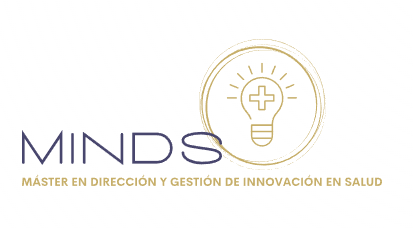The incidence of cervicobrachial disorders in otolaryngologists is high. In other surgical specialties, knowledge of this problem has prompted the creation of new equipment, improvements in the design and distribution of the operating room, as well as greater postural awareness. Given the strong physical and psychological demands of endoscopic sinus surgery (CENS) and the limited solutions currently being taken, the potential benefits of this study are enormous.
Dr. Lobo with the support of Dr. Manuel Palazuelos, Director of the surgical area of the Valdecilla Virtual Hospital, specialist in general surgery and digestive system and graduated in clinical simulation at the Center for Medical Simulation in Boston (USA), Dr. Megía , Head of the Otolaryngology Section, Dr. Viera and Dr. López-Higuera, Head of the Photonics Engineering Group of the University of Cantabria and an INNVAL 2017 scholarship, has been able to develop a research project in surgical ergonomics of procedures endoscopic nasosinusals. This work has allowed us to know the prevalence of symptoms of musculoskeletal disorders in ENT specialists in Spain, which is essential to estimate the impact of these corrective measures. In addition, postural information of the entire body was collected by motion capture during CENS interventions and said information was analyzed with the validated RULA (Rapid Upper Limb Assessment) tool that allows calculating a risk index of musculoskeletal overload. In this way, it was found that not only training residents but also rhinologist specialists with extensive knowledge of surgical ergonomics are exposed to a high risk of developing musculoskeletal disorders derived from surgical practice. These works have already been published in high impact and prestigious journals within the specialty.
The result of this work is also the coordination of a multidisciplinary and multicenter work on surgical ergonomics, which among other aspects, identifies the critical points from an ergonomic perspective of endoscopic sinus surgery, in order to improve education in postural self-care and the organization of an operating room for Otolaryngology, and to guide the design of new prototypes of surgical tools that demonstrate increasing the effectiveness of the task, the comfort of handling, and the reduction of postural risk in this group of workers. The publication of this treaty is imminent and will be disseminated among the majority of ENT specialists in Spain.
Currently, the continuation of this project focuses on the design of new hand tools, pedals or arm supports in CENS and their commercial development in collaboration with the University and the industry, for which new aid has been requested and It has the collaboration of Dr. Ramón Sancibrián Herrera, Professor of the Department of Structural and Mechanical Engineering of the University of Cantabria. To achieve this objective, the project proposes the study and analysis of the surgeon's biomechanical variables, the ranges of movement and their muscular efforts. Also, the biomechanical simulation of the surgeon in order to be able to create theoretical models of the movement and how the postures forced or that cause fatigue can be corrected. Finally, a design stage of an ergonomic support device of the surgeon is established. For the latter, simulation and experimentation techniques will be used.
Lobo D, Gandarillas MA, Sánchez-Gómez S, Megía R. Work-related musculoskeletal symptoms in otorhinolaryngology and their relationship with physical activity. A nationwide survey. The Journal of Laryngology & Otology. Cambridge University Press; 2019;133(8):713–8





















